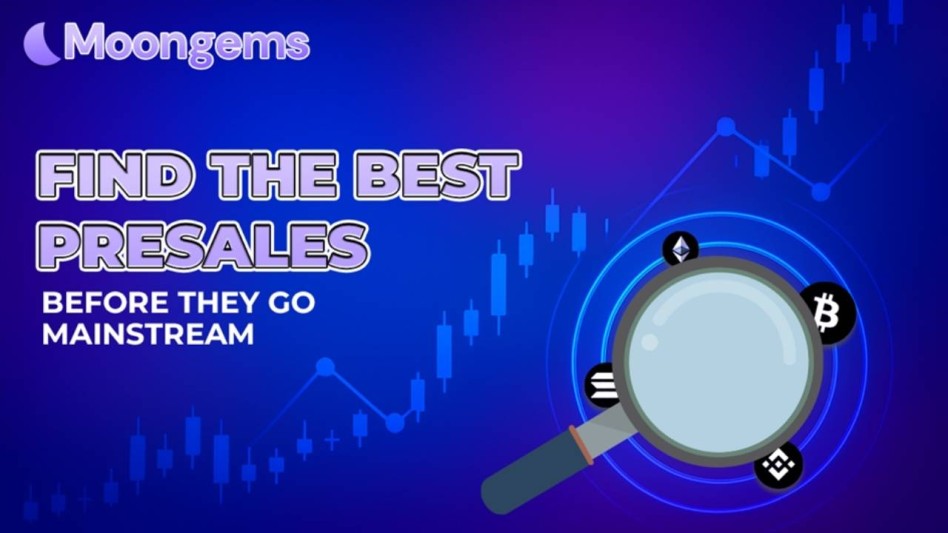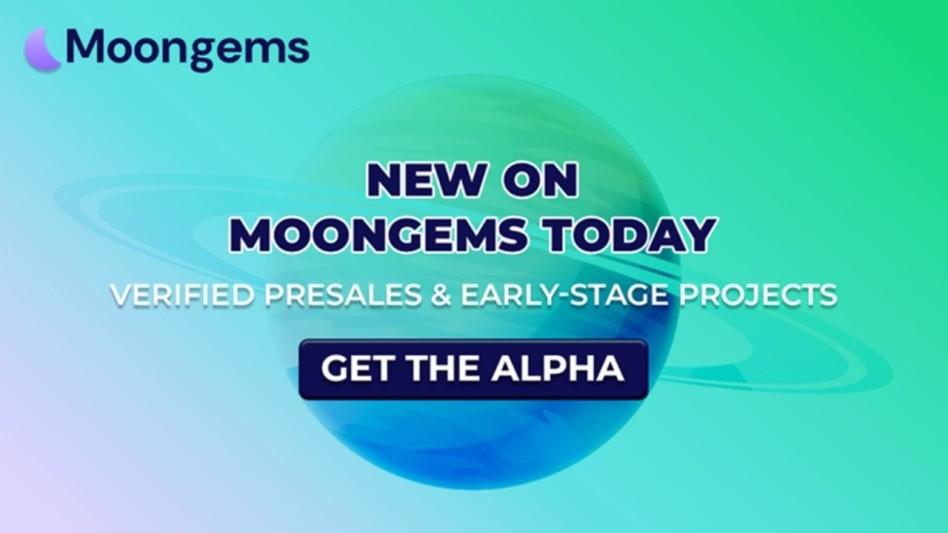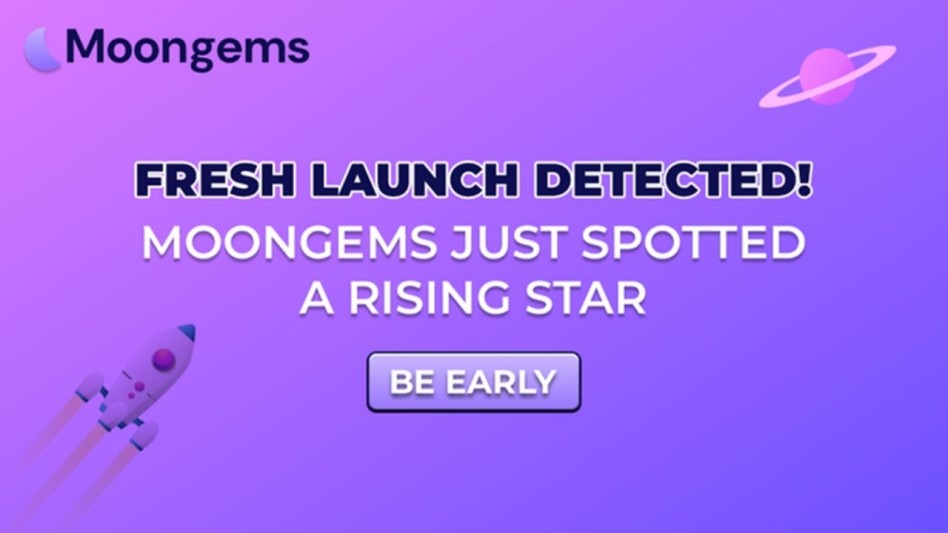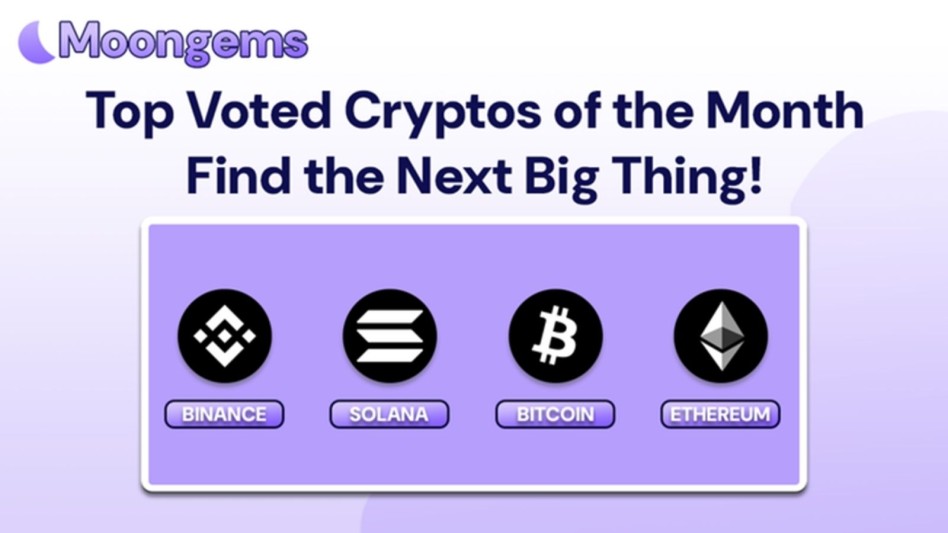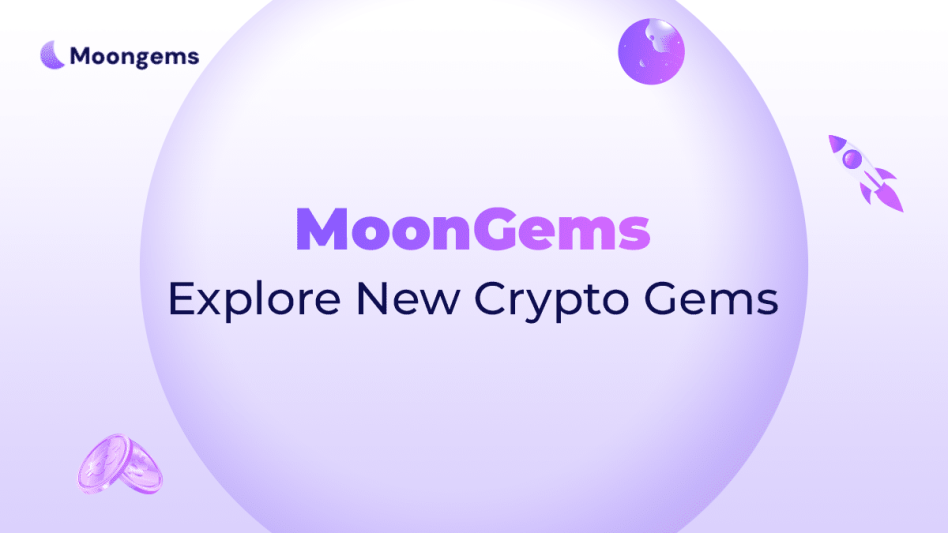Author: Jawad Hussain – Crypto Analyst & Web3 Researcher | 9+ years tracking presales, IDOs, and token launches. Follow him on X (formerly known as Twitter) and LinkedIn.
The cryptocurrency industry has evolved dramatically since its early days of Bitcoin and Ethereum. Presales, once the exclusive domain of speculative investors, are now a structured method of fundraising used by emerging blockchain projects worldwide. These presales offer early-stage investors discounted entry prices, often with promises of high returns once the token is listed on major exchanges. However, what many investors overlook is that the real work begins after the presale ends. Monitoring the performance of tokens post-launch is essential for understanding their true potential, avoiding unnecessary risks, and identifying growth opportunities.
In 2025, the market dynamics are more complex than ever before, with new blockchain narratives, regulatory oversight, and advanced analytics shaping investment strategies. According to MoonGems analysis, Tokens can no longer rely solely on hype; they need real utility, community engagement, and technological innovation to sustain value. This article explains how investors can track token performance after launch using proven frameworks, real-world case studies, and trusted analytical tools.
Why Post-Launch Tracking Matters
Many investors treat presales as a "set and forget" opportunity, expecting automatic profits when a token lists publicly. While some tokens experience rapid price surges at launch, others face immediate downward pressure due to liquidity issues, insider selling, or lack of community support. By monitoring token performance after launch, investors can:
- Identify Red Flags Early: Sudden liquidity withdrawals, abnormal wallet movements, or lack of development activity can be early indicators of potential problems, such as rug pulls or abandoned projects.
- Benchmark Token Health: Comparing a project’s performance with peers in similar categories allows investors to gauge relative strength or weakness.
- Make Informed Exit or Hold Decisions: Knowing when to exit, accumulate, or hold a position is vital for long-term profitability.
According to a 2024 Messari study, investors who actively monitored post-launch indicators outperformed passive holders by an average of 18% over six months. This underscores how crucial post-launch tracking has become in a volatile market.
Key Metrics to Track After a Token Launch
1. Liquidity Depth and Movement
Liquidity is the lifeblood of any tradable asset. Without adequate liquidity, tokens become difficult to buy or sell without triggering significant price swings. In decentralized finance (DeFi), liquidity pools on platforms like Uniswap and PancakeSwap play a crucial role. Post-launch, investors should monitor the depth of these pools and any sudden changes in liquidity.
Why it matters: A sudden withdrawal of liquidity can indicate that insiders or liquidity providers are exiting the project, which can lead to extreme volatility and a collapse in price. Conversely, consistent or increasing liquidity suggests confidence in the project and its long-term prospects.
Tools to use: DEXTools offers real-time insights into trading pairs, liquidity depth, and price charts, while DeFiLlama provides macro-level liquidity data across various protocols. Investors should regularly track the Total Value Locked (TVL) for a token to assess its market stability.
Practical tip from MoonGems: For new tokens, check if at least 10–15% of circulating supply is backed by liquidity and whether liquidity is locked or controlled via a multi-signature wallet. Locked liquidity ensures that developers cannot easily pull funds out of trading pools, mitigating rug-pull risk.
2. Price Volatility vs. Volume Stability
All tokens experience volatility at launch. The goal is not to avoid volatility entirely but to analyze whether price swings are stabilizing over time. High volatility combined with decreasing trading volume often indicates waning interest, while steady volume paired with gradual volatility decline suggests a healthy market.
Why it matters: Price and volume stability provide insights into whether demand is organic or artificially generated by speculative hype. According to data from Kaiko, tokens that normalized their volatility within the first month of trading had a 48% higher likelihood of maintaining or increasing value in subsequent quarters.
Tools to use: CoinMarketCap and CoinGecko track price charts, historical data, and exchange volumes. Pairing these with charting platforms like TradingView allows investors to use technical indicators such as Relative Strength Index (RSI), Moving Averages (MA), and Bollinger Bands to better interpret price action.
Practical tip from MoonGems: Compare the token’s volume profile across centralized exchanges (CEXs) and decentralized exchanges (DEXs). Discrepancies in trading volume between the two can signal market manipulation or unsustainable price action.
3. Whale Behavior and Wallet Distribution
Whales—wallets holding significant token amounts—play a powerful role in shaping token price action. A few large holders selling simultaneously can lead to cascading price declines, while strategic accumulation by whales often signals confidence.
Why it matters: Tokens with highly concentrated supply in the hands of a few wallets are inherently riskier. A healthy token distribution features multiple active holders and gradual decentralization over time.
Tools to use: Arkham Intelligence specializes in wallet tracking and clustering, allowing investors to monitor whale behavior. Etherscan or equivalent blockchain explorers for other chains also provide transparent insights into wallet movements.
Practical tip from MoonGems: Monitor top 10 and top 50 wallet percentages. A project where the top 10 wallets hold more than 70% of the supply is vulnerable to price manipulation. Look for projects where token supply becomes increasingly decentralized as adoption grows.
4. Community Growth and On-Chain Engagement
A token’s value is often linked to the strength and engagement of its community. While hype-driven communities may generate quick momentum, sustainable growth depends on active participation in governance, staking, and ecosystem use cases.
Why it matters: Community activity signals long-term commitment to the project. Declining community engagement often precedes falling prices, while active participation can support ecosystem resilience during broader market downturns.
Tools to use: Nansen tracks wallet activity and engagement patterns, while Snapshot monitors governance participation. Social analytics tools like LunarCrush assess sentiment and social media growth.
Practical tip from MoonGems: Focus on unique wallet growth and governance participation. A token with rising active addresses and active DAO voting indicates an engaged user base rather than a purely speculative one.
5. Roadmap Deliverables and Development Activity
A project’s ability to deliver on its promises is one of the strongest indicators of long-term success. Roadmaps should be clear, realistic, and accompanied by visible progress, such as GitHub commits and new feature releases.
Why it matters: Development activity reflects whether the team is committed to building and maintaining the project’s ecosystem. Tokens backed by strong development teams tend to maintain price stability even during market corrections.
Tools to use: CryptoMiso ranks projects based on GitHub activity, while Token Terminal provides financial and development metrics.
Practical tip from MoonGems: Regularly review GitHub commit frequency and developer contributions. A lack of activity or significant delays in roadmap milestones can be a red flag, while frequent updates and transparent communication signal reliability.
Case Study: Post-Launch Performance in Action
NeonChain
Launched in early 2024, NeonChain raised $12 million during its presale and experienced a 220% surge on listing day. However, within two weeks, the token lost 70% of its value. The causes were clear: significant liquidity was withdrawn within 48 hours, whale wallets dumped their holdings rapidly, and development activity on GitHub ceased after one month. Social sentiment plummeted, and community growth stalled, turning NeonChain into a cautionary tale.
OrionFi
In contrast, OrionFi took a steady approach. Although its presale generated less hype, the team maintained locked liquidity, delivered on roadmap milestones, and experienced consistent wallet growth. Governance participation rose steadily, and GitHub commits showed strong development activity. Within six months, OrionFi achieved a 5x return, proving that consistent post-launch tracking can identify true long-term winners.
Trusted Tools to Monitor Tokens
- DEXTools: Provides real-time trading pairs, liquidity pool data, and analytics for DEX-listed tokens.
- Nansen: Offers detailed wallet analytics and whale behavior insights.
- Token Terminal: Focuses on developer activity, protocol revenues, and on-chain financial metrics.
- CryptoQuant: Tracks exchange inflows/outflows, helping assess buying or selling pressure.
- Arkham Intelligence: Specializes in wallet clustering and tracking influential holders.
These platforms provide the data necessary for investors to monitor key performance metrics and make informed decisions.
Conclusion
The cryptocurrency market has entered a new era where speculative hype alone no longer determines the success of a token. The transition from presale to public launch has become a defining moment, separating innovative, utility-driven projects from short-lived ventures fueled solely by marketing and fear of missing out (FOMO). In 2025, the maturity of the crypto space demands a disciplined approach to investing—one that prioritizes data analysis, risk management, and continuous monitoring over blind optimism.
Tracking token performance after launch provides clarity in a landscape often clouded by volatility and noise. By analyzing liquidity depth, investors can understand whether a token has sustainable market support or faces the threat of sudden sell-offs. Examining price and volume stability helps identify organic growth versus artificial trading activity. Monitoring whale behavior reveals the intentions of influential holders who often shape short-term market movements. Observing community engagement signals whether a project is building a loyal, active user base, which often correlates with long-term adoption and value retention. Finally, measuring roadmap deliverables and development activity demonstrates the team’s commitment to delivering on its promises, an essential factor for tokens looking to thrive in a highly competitive market.
Real-world examples, such as the contrasting paths of NeonChain and OrionFi, underscore these lessons. NeonChain’s rapid decline highlighted the risks of ignoring liquidity movements and whale dumping, while OrionFi’s steady growth showcased the rewards of strong community engagement and transparent development. These case studies prove that success in crypto is not a product of luck but of deliberate strategy, research, and vigilance.
For investors, traders, financial students, blockchain developers, and analysts alike, adopting a holistic post-launch tracking strategy is no longer optional—it is essential. The tools are readily available, from DEXTools for liquidity tracking to Nansen for wallet analysis and Token Terminal for development metrics. When combined, they create a robust framework that empowers market participants to separate signal from noise, make timely decisions, and build resilient portfolios.
The future of cryptocurrency investing lies in informed participation, and MoonGems is at the epicenter of all the action. Those who treat presale investing as a one-time bet risk becoming exit liquidity for more disciplined players. In contrast, those who embrace data-driven post-launch monitoring position themselves to capture not just early-stage profits but sustainable long-term gains. As crypto continues to evolve, the ability to adapt, analyze, and act with precision will define the next generation of successful investors.
In conclusion, tracking token performance after launch transforms speculative opportunities into strategic investments. It reduces risk, increases confidence, and enables participation in projects that can withstand market turbulence and deliver real-world impact. By integrating these practices, investors align themselves with the future of finance—a future where transparency, accountability, and informed decision-making are not just advantages but necessities for success.
Frequently Asked Questions
- Why is post-launch token tracking important?
Because early volatility can distort long-term potential, tracking provides clarity on liquidity, investor sentiment, and token utility. - What are the best tools for tracking crypto tokens after launch?
DEXTools, Nansen, Token Terminal, CryptoQuant, and Arkham Intelligence are among the most trusted platforms for real-time analysis. - How soon after launch should performance tracking begin?
Investors should begin monitoring immediately after token listing to catch early liquidity shifts and wallet movements. - How do whales influence token performance?
Whales can create sudden price swings through large buy or sell actions, making wallet distribution analysis essential. - Can community engagement affect token price?
Yes. Active community involvement often drives adoption, which supports liquidity and price stability over time.
Glossary of Key Terms
Liquidity: The ease with which tokens can be bought or sold without affecting price.
Whale: A wallet or entity holding a large number of tokens.
Volume Stability: The consistency of trade activity over time, indicating healthy market interest.
On-Chain Analytics: Blockchain-based data insights such as wallet activity and token flow.
Governance: The process through which token holders influence protocol decisions via voting.
Article Summary
Monitoring token performance after launch is essential for success in the crypto market of 2025. Investors should track liquidity depth, price and volume stability, whale wallet behavior, community engagement, and roadmap execution. Using trusted tools like DEXTools, Nansen, and Token Terminal ensures access to reliable insights. Case studies such as NeonChain and OrionFi demonstrate how proper monitoring can distinguish sustainable projects from hype-driven failures. With these strategies, investors can minimize risk, improve timing, and build portfolios with long-term potential.
Disclaimer
This article is for educational purposes only and does not constitute financial advice or an endorsement of any specific project. Always conduct your own research and consult with a licensed financial advisor before investing in cryptocurrency or digital assets.



